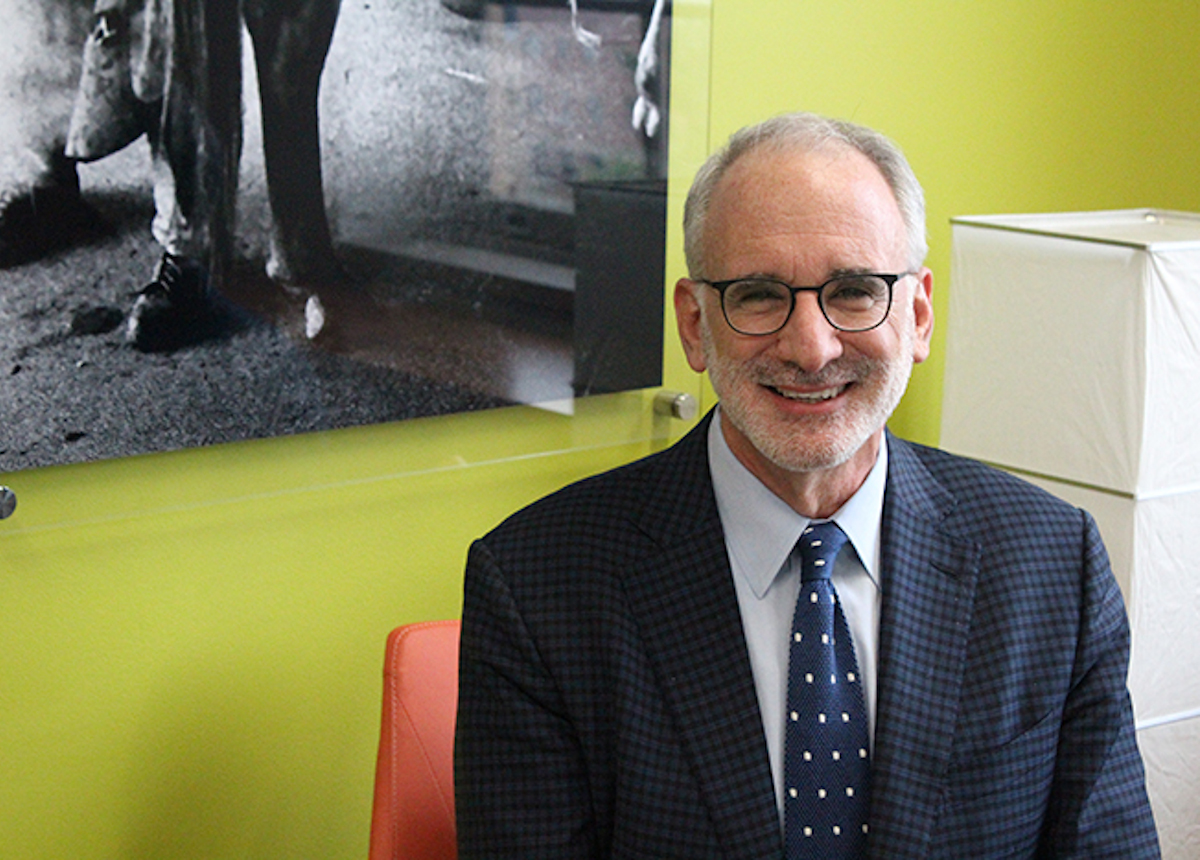News
Department of Environmental & Occupational Health
-
/chwe-newsroom/sugarcane_cutters_200x143-(1).jpg?sfvrsn=98b6c0b9_4)
Our research uncovers risk factors for a mysterious kidney disease in farm workersOpens in a new window
Jan 30, 2018In a study published in the Journal of Occupational and Environmental Medicine, we identified new risk factors of a kidney illness affecting tens of thousands of farm workers worldwide.Opens in a new window Full story -

Alums help hospitals get healthier with food optionsOpens in a new window
Dec 1, 2017ColoradoSPH alumni working in healthcare wanted hospitals to practice what they preach when it comes to junk food – and now some are.Opens in a new window Full story -

Lee Newman: Complex problems and the creative brain
Sep 19, 2017“I’m a complex-problem junkie... The kinds of problems that we have to solve in public health, you can’t solve with a pure linear approach,” says Lee Newman, director of the Center for Health, Work & Environment at ColoradoSPH.Full story -
/chwe-newsroom/construction_workers-(1).jpg?sfvrsn=9ab6c0b9_4)
Beryllium expert Dr. Lee Newman weighs in on proposed changes to a worker protection ruleOpens in a new window
Jun 5, 2017A delayed OSHA rule to protect workers from beryllium may undergo changes that would exclude certain industries from key provisions of the new standard, such as offering medical screenings to workers who have been exposed. Dr. Newman has studied beryllium for over 30 years and his research is clear — workers need protections from this toxic metal.Opens in a new window Full story -
/chwe-newsroom/manufacturing-(1).jpg?sfvrsn=d0b6c0b9_4)
Our research informs new federal standard to protect workers from berylliumOpens in a new window
Jan 7, 2017Dr. Newman explains the significance of a new federal standard issued by the Occupational Safety and Health Administration (OSHA) to protect workers from beryllium. OSHA relied on more than 100 papers authored by Newman and his colleagues to develop the new standard, reducing exposure levels by 10 timesOpens in a new window Full story -
/chwe-newsroom/sugarcane_farm_worker-(1).jpg?sfvrsn=99b6c0b9_4)
Guatemala partnership launched to improve farm worker healthOpens in a new window
Nov 17, 2016Our center and the Center for Global Health at the Colorado School of Public Health announced a new partnership with Pantaleon, one of the largest sugar producers in Central America, to further understand the health risks of sugarcane workers and improve prevention efforts.Opens in a new window Full story -
.jpg?sfvrsn=6720fbb9_0)
ColoradoSPH partners with one of Central America’s largest sugar producers to improve farm worker health
Nov 17, 2016ColoradoSPH's Center for Health, Work & Environment and Center for Global Health announced a new partnership with Pantaleon, one of the largest sugar producers in Central America, to further understand the health risks of sugar cane workers and improve prevention efforts.Full story -
/chwe-newsroom/worker_drilling-(1).jpg?sfvrsn=d1b6c0b9_4)
OSHA proposes a beryllium safety rule that experts called for decades agoOpens in a new window
Aug 5, 2015OSHA proposed a new standard that would limit workers exposure to beryllium, roughly ten times lower than the current level. Researchers such as Dr. Newman have long called for the agency to update beryllium exposure regulations based on the latest science. Beryllium producers and labor groups have come also come together to join the call for a new rule.Opens in a new window Full story


